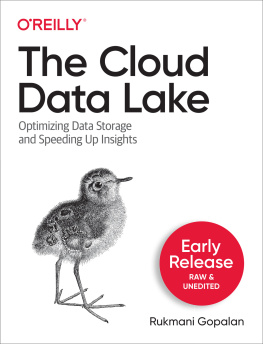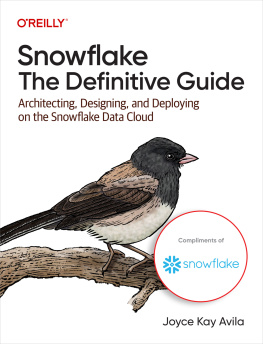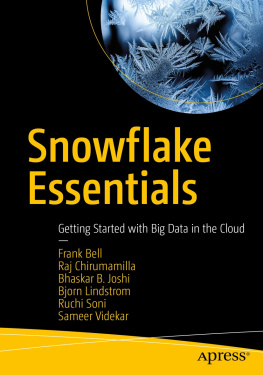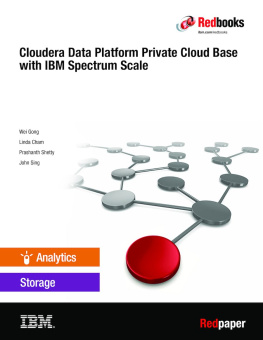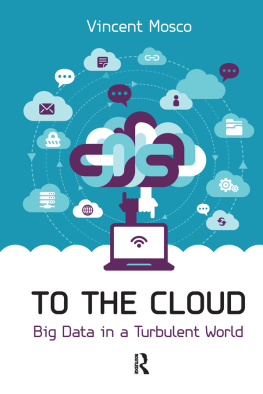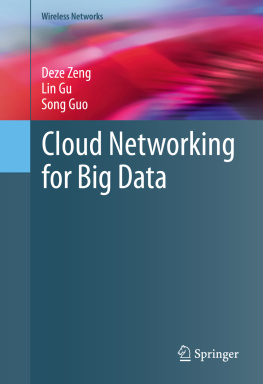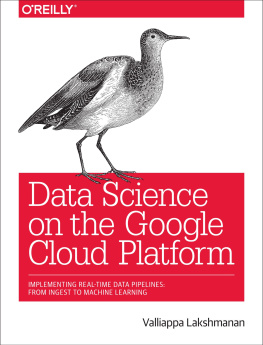I n the spring of 2019, I was living the retired CEO life with my wife, Brenda, at our place in Pleasanton, California, when I got an email from Mike Speiser, a venture capitalist I had known for years. He wrote that he wanted to catch up. From time to time, Mike and I would have lunch in the East Bay or on the Peninsula. We would discuss his companies as well as broader things happening in the industry.
In recent years, Mike had spoken enthusiastically about Snowflake, while at the same time noting that the young company needed help. In that vein, he had suggested that I consider joining the board. Nothing ever came of that, and I did not think any more about it.
This time, Mike got straight to the point: What would it take for you to take the helm at Snowflake? He was asking me to become CEO of one of the hottest tech companies in Silicon Valley.
Snowflake was at the time a seven-year-old company that had raised more than $929 million in venture funding and had a valuation of $4 billion. It was a true Silicon Valley unicorn. (In February 2020, the company raised an additional $479 million, giving it a market valuation of $12.4 billion. By then, it had thousands of customers.)
I was taken aback at first. I had made it abundantly clear to anybody who asked that I was not considering taking the field anytime soon, if ever again. I had for two years avoided conversations like this. I was retired, full stop.
Now, though, I was intrigued.
Mike was the founding venture capitalist at Snowflake and had served as CEO for nearly two years before Bob Muglia, a former top Microsoft executive, took over. Bob was a good match for Snowflakes small but potent team, which included technologist founders Benoit Dageville, Thierry Cruanes, and Marcin Zukowski. Together, they developed Snowflake into a bantamweight fighter capable of duking it out with tech industry heavyweights Amazon, Google, Microsoft, Oracle, and Teradata.
Mike led Snowflake during its infancy. Bob led it through adolescence. And I was offered the chance to lead the company to become a mature adult.
Long story short, I took the job.
Why I joined Snowflake
In my view, the founders had struck a chord with Snowflake. Anybody who got close to the product was mesmerized by its scale, performance, and utter simplicity. This was not some incrementally better product. It had the potential to reimagine data management for the cloud. The founders had burned the ships behind them, too. They decided early on to operate only in the public cloud, not on premises in customers data centers. That made no sense to them.
Snowflake focused on the struggle that organizations face in processing what is known as Big Datacollections of data large enough to overwhelm most commercially available computing systems. Over the years, so-called data warehousing companies had emerged with proprietary computer hardware designed to increase the scale of data processing. Clusters of computers are connected so they behave like a single computer. Companies such as Teradata and Netezza popularized this approach. But these systems had major drawbacks. They were super-expensive, out of reach for all but the largest enterprises. In addition, even they had significant scale and performance limits.
IT managers responsible for running corporate data centers (on-premises computing) tell horror stories of struggling to get the performance they needed out of their systems. Randy Wigginton, director of platform engineering at Square, recalls that he was under constant stressso much so that one day he had to go to the hospital because of heart palpitations. Randy has seen it all and done it all during his long career in the computer industry. He was employee No. 6 at Apple and later worked at E-Trade, eBay, and Google. But Big Data nearly did him in. (Square later became a Snowflake customer.)
Meanwhile, open source technologies such as Hadoop, developed by the Apache Software Foundation, have also taken on the challenges of Big Data. Hadoop was popularized and supported by firms including Cloudera and MapR. While these techniques helped with scale, they also introduced vast complexity, which limited the technologys appeal.
In short, the incumbents were expensive, limited on scale and performance, and highly complex. At the same time, the growth and importance of data continued to jump off the charts, making it glaringly obvious that the status quo could not last.
Enter Snowflake. Its architecture raised the data scale from terabytes to petabytes, a thousandfold increase, and reduced task execution times from days and hours to minutes and seconds. It was so simple to use that anybody with a rudimentary knowledge of SQL (Structured Query Language), the most common database query language, could get up and running with Snowflake in no time. Snowflake was available on demand, meaning no contract was required, no need to own or manage hardware, and no upfront investments. All a new customer needed was a network connection to access the public cloud. At first, Snowflake ran on Amazon Web Services. Later, it branched out to run on Microsofts and Googles versions of the public cloud. With Snowflake, customers pay only for what they use in machine seconds, a highly granular and elastic model.
To top things off, the Snowflake founders designed the platform to be self-managing and self-provisioning. Database administrators, the druids of data management, need not apply. Snowflake did away with the DBA. This was one powerful cocktail of scale, performance, economy, usability, and simplicity.
Benoit, Thierry, and Mike (Marcin came later) saw an opportunity to combine the capabilities of existing databases, including traditional relational databases, which organize conventional enterprise data in columns and rows. They redesigned the technology to handle huge amounts of diverse data types and moved all that goodness to the cloud. They created the first data warehouse built from the ground up to fully exploit the tremendous scale and performance of cloud computing.
In the process, they pioneered a new class of cloud computing, the Data Cloud. Other cloud categories include the infrastructure and storage clouds, which obviate the need for enterprises to buy and manage their own computers and storage devices, and Software-as-a-Service applications running in the cloud, which relieve enterprises of the burden of purchasing and managing complex software applications. The Data Cloud holds and manages an enterprises data, which these days is being recognized as an incredibly valuable asset.



